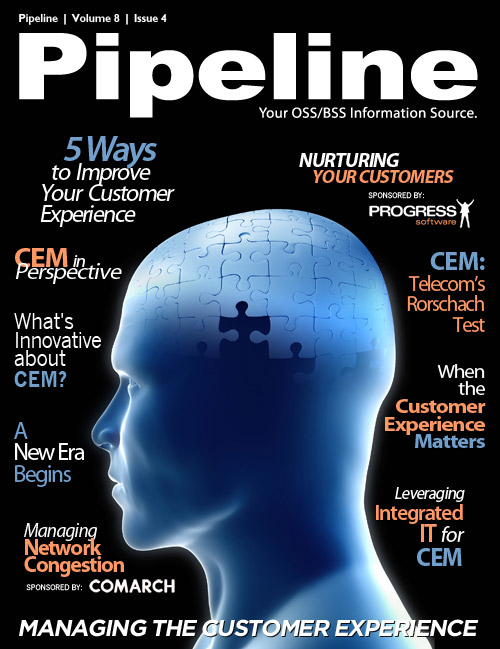By: Tim Young

If you’ve been to a telecom trade show, or picked up an industry publication, or chatted with a
communications IT software vendor in the last year-and-a-half or so, you’ve probably heard something
that you already knew: customers are important to business.
Granted, customers have always been important because they’re the ones who provide the revenue,
right? However, as competition rages, service providers have grown more interested in the nature of
the experience their customers are having with their services.
This instinct—to understand and thereby better satisfy the end-user—is a positive thing and something
that I feel is to be encouraged in service providers of all types. In most markets, service providers are
getting that. In a recent study conducted by analyst firm Technology Research Institute and sponsored
by NetCracker, a preponderance of North American service providers named bettering the customer
experience at home and in enterprise as their top priority in 2011. In fact, it was a top consideration for
operators across a range of high GNP countries.
Given that instinct, the rise of Customer Experience Management (CEM) solutions is not surprising.
Over the last year, a solid majority of the vendor companies with whom I have spoken have some
variety of CEM story to tell. They tell tales of mastering the customer experience and becoming trusted
and loved by your customers. It’s all very compelling.
The trouble is these vendors are all doing different things. They are offering disparate solutions under a
common umbrella.
They are selling CEM without anyone having a clear understanding of just what the heck CEM really is.
This is to say that there is little uniformity in the definition of CEM. Entire conference sessions full of
telecom professionals will hear CEM and nod, but might all be thinking of different things. The analysts
I’ve spoken to (and there’s a whole other article on the analyst reaction to the growth of this particular
buzzword. You can read that here.) have been dumbfounded for some time, remarking on the dozens of
different definitions that exist for this one little term.

 Because it’s really a Rorschach Test, isn’t it?
Because it’s really a Rorschach Test, isn’t it?
It’s a technological inkblot. You see what you want to see. What you’re predisposed to see. It has come
to apply to so many disparate technologies. It’s not that each of these technologies isn’t perfectly useful
in its own way, but they’re different things.
To paraphrase Anais Nin, we see CEM not as it is, but as we are.
Too abstract? Maybe a bit.
However, a term is only as valuable as its ability to be clearly understood by others. When a definition becomes so expansive as to be rendered useless, it’s time to drill down a bit.










